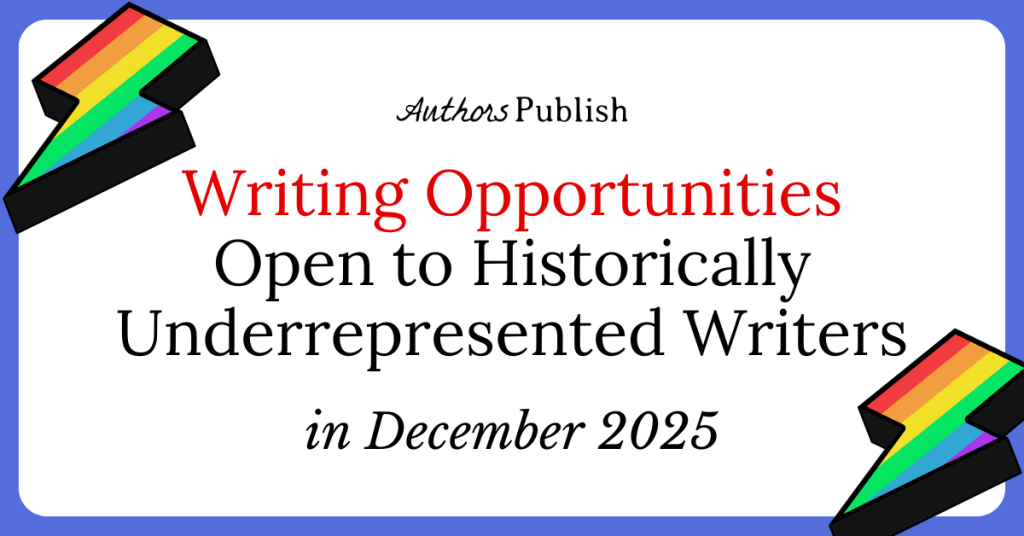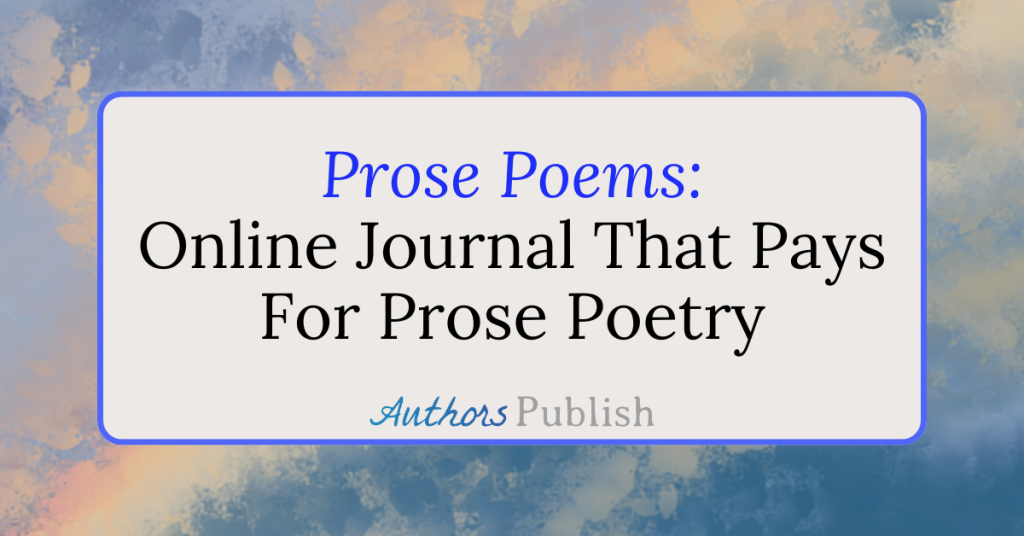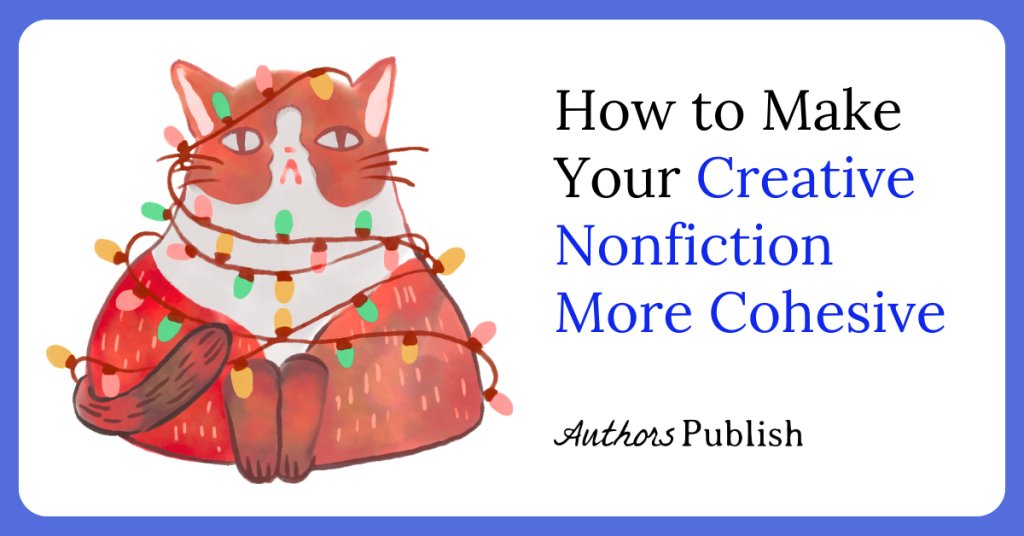Chapbooks are very small books, usually between 15-30 pages in length, 50 at the most. They frequently have no spine and are often bound with staples but they can also be bound with ribbon or thread. They have been around for a long time, at least since the 16th century, when they were associated with fiction, but now they generally function as a vehicle for poetry.
There are a number of presses and literary journals that publish chapbooks either through open submissions or through social contacts.
Also a lot of poets self-publish chapbooks. Self-publishing your chapbook is not considered to be the same as self-publishing a book. It does not have a lot of the same stigmas surrounding it. In the poetry world, a writer is often looked down upon if they have self-published a manuscript of their poems for sale, it is seen as an act of vanity. Yet self-publishing a chapbook is seen as a positive thing, a way to share your poems with others, often by selling the chapbook at open mics and other events.
One of the reasons this distinction is made between books and chapbooks is that all the material that you put in a chapbook can be re-published later on as part of a larger collection as long as you publish no more than 500 copies of the chapbook. Another reason is that a chapbook is simple and cheap to make. You can almost give them away for free and most chapbooks are sold for between 5 and 10 dollars generally.
Poets that start writing outside of an established community, as I did, do not always see the need for chapbooks. When I was in my second year of graduate studies, my fourth or fifth year as a serious writer of poems, I finally started to understand the function and purpose of chapbooks. I realized that a lot of the writers I enjoyed I had initially discovered through their chapbooks. Many of these were purchased on a whim, before I later committed to buying a whole book (or two).
A famous poet later explained it to me like this: a chapbook is your calling card, it is a way for someone to get a much better feel for the poetry that you write, and it is also a stepping stone, a way to get that much closer to publishing a full manuscript.
Because most poets’ first books take over a decade to get published, if you are working within the traditional system of contests and open reading periods, it is good to publish a chapbook or three, while refining that manuscript and submitting it. A chapbook is a great way to get your name out. I have published three chapbooks now, all through chapbook publishers. I chose to go that route because the first two publishers were familiar with my work and approached me, the third was accepted not long after I started submitting. My first chapbook opened so many doors for me. I ended up selling a fair number of copies and doing several important interviews because of them. Those are small steps of course, but they are steps forward that have led to other greater opportunities.
My advice to most poets who are interested in publishing a chapbook is to gather up a small number of poems, between 10 and 25, that are thematically linked and put them together as a chapbook manuscript. Then find a few chapbook publishers with open reading periods that do not charge, and submit the manuscript. If no one accepts your manuscript you can easily self-publish it, then you will have something to give to your friends and sell at readings.
What follows is an annotated list of publishers open to chapbook submissions including two publishers that focus on “micro” manuscripts, that are even shorter than standard chapbooks.
Keep in mind that most chapbook publishers are small, not-for-profit, one-person companies. They are not huge organizations and a lot of them are regional publishers, special-interest publishers, or are only open for a short reading period. Not all of the publishers listed here are currently open to submissions, so mark your calendars if that is the case. Because most chapbook reading periods are so short, there are more publishers closed to submissions than most of our lists. Some of these publishers have limited demographics in terms of who can submit.
Many publishers not on this list charge reading fees. However, I think it is perfectly fine to pay those fees as long as you get something in exchange. For example, a copy of the winning chapbook, a chapbook they have previously published, or an anthology. If you are open to paying fees to submit, Poets & Writers has a good list here that works in terms of a starting place.
It is also good to note that unless explicitly stated, all submissions can be made electronically.
Letterpress, lithograph, and screen print are all used by this micro-press for their covers. Interior pages are printed the regular way. Poetry, prose, and graphic narrative manuscripts are accepted. They publish 4 to 10 titles per year. They are generally open to chapbook submissions in January, and in July they accept micro-chapbook (8 to 10 pages) submissions. They have a print run of 200 and they give authors 10 copies and a discount on additional ones.
Ugly Duckling is one of the most prestigious chapbook publishers. They publish beautiful books, but they tend to lean towards pretentious work. They have rolling submission periods, and alert their mailing list subscribers on when they open for submissions. They will begin reading manuscripts on 1st July and have a cap on submissions. It can be very tricky, to submit because of this. This year they opened a little late and hit their submission limit in around half an hour. They will consider projects of any length (for chapbooks and full-length books) in any of the following genres: poetry, experimental nonfiction, performance texts, books by artists, and work in translation, particularly from languages not widely represented in US-based English translations.
A small press that publishes chapbooks and full length manuscripts. Because they are a British press, they refer to chapbooks as pamphlets. They generally have one chapbook reading period every year. They are open through June 30th for poetry manuscripts of up to 10 pages.
This press publishes 4 to 6 poetry chapbooks a year plus a free literary journal. They are generally open to submissions in March but are planning to hold a different submission period this year. Payment to author is 10 copies plus 15% of royalties on sales. The print run is between 100 and 200 copies.
Newfound: Emerging Poets Chapbook Series
Newfound runs other chapbook related contests but they only have one free reading period per year, in December. They only accept unsolicited chapbook-length manuscripts from writers who have not yet published a full-length book.
rinky dink press
rinky dink press accepts “micro-manuscripts” during the months of June and July. They must be no longer than 5-6 thematically related micropoems. These micropoems can be no longer than 40 words each.
Origami Poems Project
They publish micro-chapbooks that contain between 1-6 poems . They are open to submissions year round except for July and August.
Fifth Wheel Press
They only accept submissions from individuals who belong to the queer, trans, and/or gender-nonconforming communities. They publish chapbooks of all kinds, and are open to submissions in December.
Seven Kitchens Press
They have a number of chapbook reading periods a year. Some have limited demographics, including regional. They do not charge for submission but encourage submitters to donate or purchase a past publication. Each of them have different guidelines.
Two Plum Press
Two Plum Press produces slim volumes of literary works both contemporary and classic, although they don’t call them chapbooks most of what they publish seems to fit that description. Titles include works of poetry, essays, fiction, philosophy, visual art, travel, and food writing.
Green Bottle Press
This UK based press is seeking chapbooks from authors who have published work in literary journals before but have not published full length collections. They generally only accepts submissions during the month of June.. This UK based press is seeking chapbooks from poets who have published work in literary journals before but have not published full length collections, though they occasionally accept work from more established poets. The submission deadline for publication in 2025 is April 2024.
Emily Harstone is the author of many popular books, including The Authors Publish Guide to Manuscript Submissions, Submit, Publish, Repeat, and The 2022 Guide to Manuscript Publishers.
She regularly teaches three acclaimed courses on writing and publishing at The Writer’s Workshop at Authors Publish. You can follow her on Facebook here.






